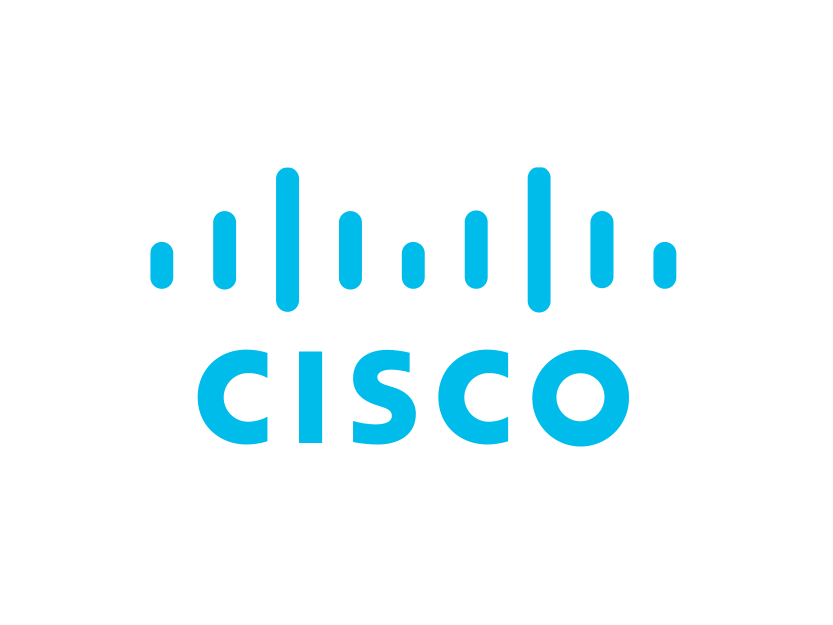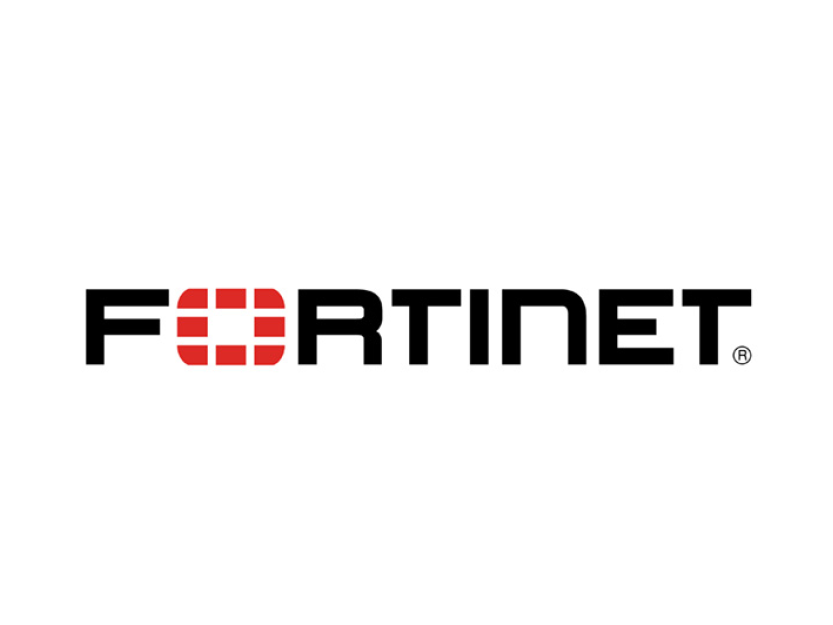
Secure Networking —
The Future of Digital Connectivity
For organisations actively investing in enhancing their digital infrastructure, the importance of secure networking has never been more pronounced. Maintaining the security of your network is not only vital for safeguarding sensitive information but also guaranteeing that communication between devices is shielded from unauthorised entry.
What companies require is a secure bridge to connect their users, devices and things to applications, coupled with a consistent experience irrespective of their location. Yet, securing end-to-end connections in such a dynamic environment presents a myriad of challenges and complexities, magnifying the risk of cyber-attacks. This is where unifying the network and security takes centre stage. It plays a pivotal role in ensuring a seamless and secure experience for users.
Building Secure, Modern Networks for Mission Critical Environments
ArchiTech has been a trusted leader in designing and delivering enterprise-grade networking infrastructure for essential service organisations across Australia. As networking technology rapidly evolves, so too does the opportunity to build more secure, efficient, and adaptable networks than ever before.
Why Modern Fabric Architectures Matter
Traditional networks applied security as an afterthought—layered over existing infrastructure. Today’s fabric-based architectures are different: Security is inherently integrated into the network itself. This modern approach delivers:
Built-in security that’s part of the network, not an add-on
Simplified operations by reducing the need for separate network and security engineering
Greater efficiency and a stronger security posture
Reduced vendor and product sprawl, streamlining IT environments
The Three Pillars of a Secure Network
1. The Foundation Network
The physical and wireless infrastructure across your organisation: Head office LAN and wireless LAN, Branch offices, and Remote users.
In a fabric network, users are automatically identified and classified as they connect. Access is granted only to the systems and resources aligned with their roles—enforced via dynamic policy constructs.
2. Identity and Access Management
This is the intelligence layer that controls who gets access and how:
Authenticates users and devices
Applies Zero Trust Network Access (ZTNA) principles
Validates that each device is secure, compliant, and meets access criteria
Continuously monitors device compliance, not just at connection time
3. Network Security Controls
Security continues to be enforced at every level:
Deep packet inspection
Intrusion Prevention Systems (IPS)
Firewall segmentation and consistent policy enforcement across all fabric networks
The Outcome: Smarter, Safer, Seamless Networks
Only identified, compliant users and devices connect
Access is limited strictly to what’s necessary
Security is continuous, contextual, and automated
Talk to the Networking Experts!
Don’t leave your network vulnerable to cyber threats. Upgrade to Secure Networking and experience a safer, more efficient, and high-performance digital infrastructure.












